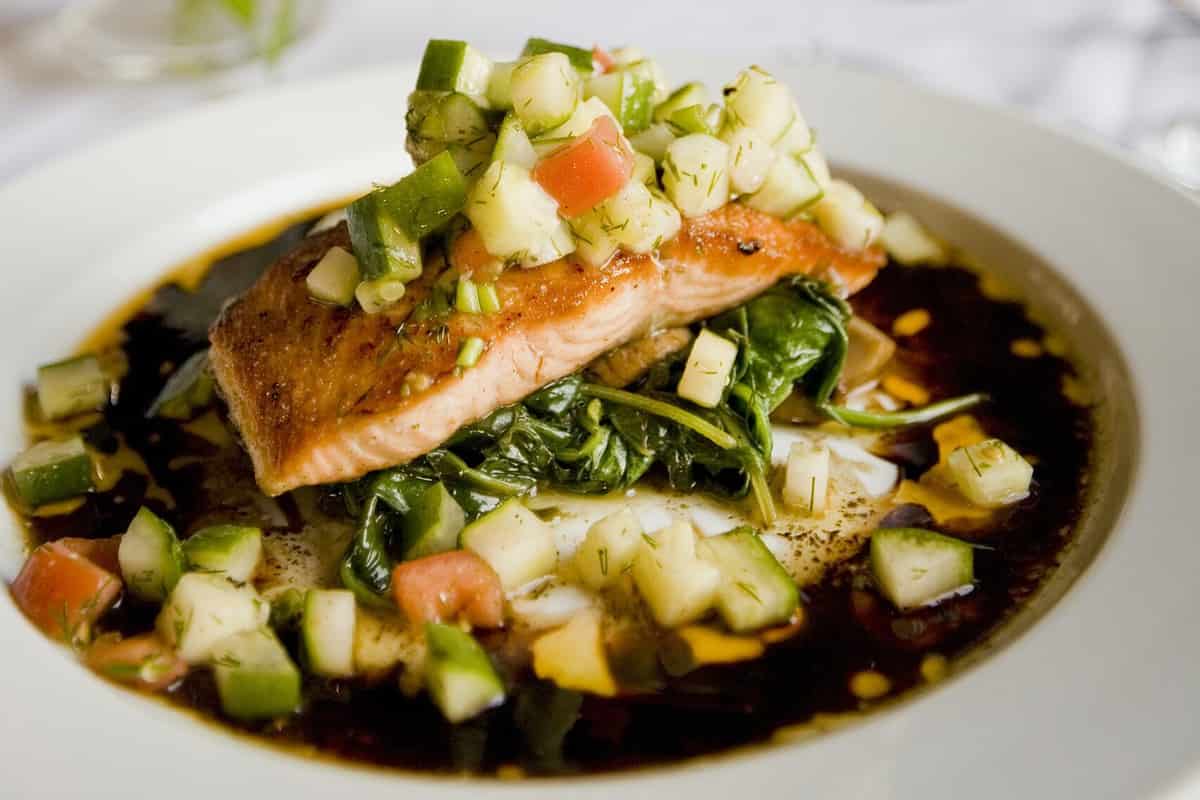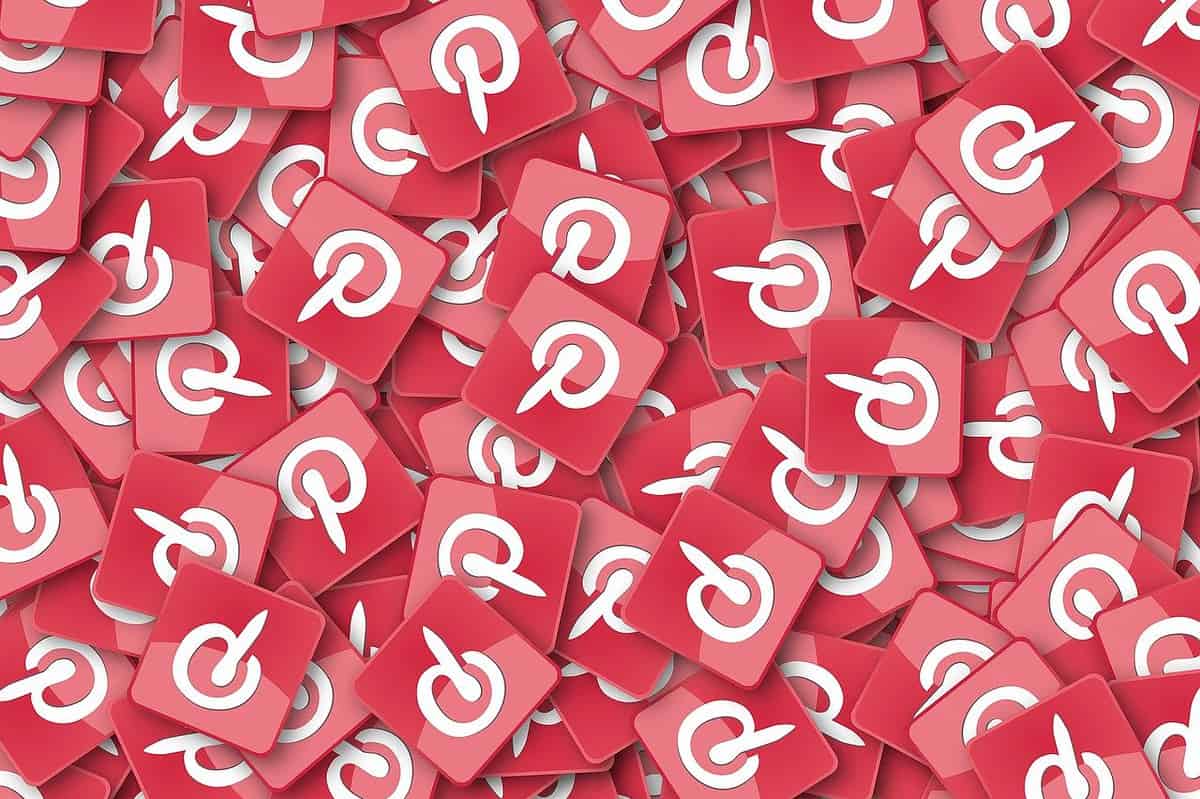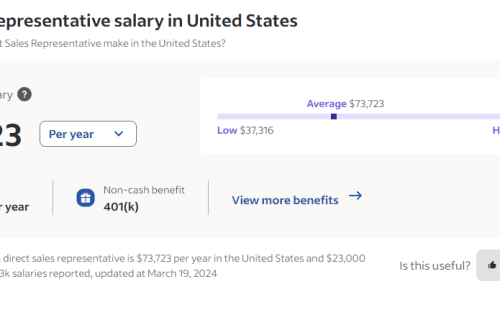Ever wondered how to turn those pretty Pinterest pins into a traffic-driving machine for your blog? Well, you’re in the right place! Today, we’re diving into the colorful world of “How to Use Pinterest for Blogging.” Now, I know what you’re thinking. Pinterest is just for DIY crafts and mouth-watering recipes, right? Wrong! It’s a goldmine for bloggers like us, waiting to be discovered. And the best part? It’s easier than you think!
In this article, we’re going to unlock the secrets of Pinterest, transforming it from a casual scrolling pastime into a powerful tool for your blog. We’ll explore everything from setting up a business account, creating those eye-catching boards, to optimizing your pins with keywords.
Setting Up Your Pinterest Business Account
Before we start pinning, let’s get the basics right. If you’re serious about blogging, you need a Pinterest Business account. Why? Because it’s like your all-access pass to the backstage of Pinterest. It gives you access to Pinterest Analytics, which is like a treasure trove of insights about your pins’ performance. Plus, you get to use Rich Pins, which are like your regular pins but on steroids. They provide more context about your pin because they show extra information directly on the pin itself. You can learn more about the benefits of a business account from Pinterest’s official business site.
Setting up a Pinterest Business account is a breeze. All you need to do is log in to Pinterest, go to the ‘Settings’ menu, and click on ‘Upgrade Now’. Follow the prompts, fill in the details, and voila! You’re the proud owner of a Pinterest Business account.
|
Feature |
Regular Pinterest Account |
Pinterest Business Account |
|---|---|---|
|
Access to Pinterest Analytics |
No, you won’t have access to detailed analytics about your pins and audience. |
Yes, you’ll have access to detailed analytics about your pins and audience, which can help you refine your Pinterest strategy. |
|
Use of Rich Pins |
No, you can’t use Rich Pins, which provide more context about a pin because they show extra information directly on the pin itself. |
Yes, you can use Rich Pins, which provide more context about a pin because they show extra information directly on the pin itself. |
|
Ability to advertise |
No, you can’t run ads to reach a larger audience. |
Yes, you can run ads to reach a larger audience. |
|
Access to business profile |
No, you can’t customize your profile with your business name and logo. |
Yes, you can customize your profile with your business name and logo. |
Completing Your Profile
Now that you have a business account, it’s time to spruce up your profile. Think of your Pinterest profile as your business card. It’s the first thing people see, so you want to make a good impression.
Start by choosing a profile picture that represents you or your blog. It could be your logo, a professional headshot, or anything else that screams ‘you’. Next, write a compelling description. This is your chance to tell people what you and your blog are all about. Be authentic, be exciting, and most importantly, be you.
Don’t forget to verify your blog URL on your Pinterest profile. It adds credibility and allows people to click through to your blog. To do this, go to ‘Settings’, click on ‘Claim Website’, and follow the instructions.
Creating and Naming Your Pinterest Boards
Alright, now comes the fun part – creating Pinterest boards. Boards are where you save your pins. You can think of them as virtual bulletin boards where you pin your favorite ideas.
When it comes to naming your boards, consistency and SEO-friendliness are key. You want to choose names that reflect the content of your pins and include keywords that your audience might use to search for your content.
For example, if you have a food blog, you might create boards like “Healthy Dinner Recipes” or “Gluten-Free Baking”. These names are descriptive, keyword-rich, and give people a clear idea of what they’ll find on the board.
Organizing your boards is equally important. You can categorize your boards based on different themes, topics, or even seasons. The goal is to make it easy for people to navigate your profile and find what they’re looking for.
Lastly, don’t forget to write clear and engaging descriptions for your boards. Just like with your pins, you want to include relevant keywords in your board descriptions to make them more discoverable. But remember, while keywords are important, your descriptions should still be engaging and readable.
|
Bad Example |
Why It’s Bad |
Good Example |
Why It’s Good |
|---|---|---|---|
|
Food |
It’s too vague and doesn’t provide any context about what types of food-related pins might be found on the board. |
Healthy Dinner Recipes |
It’s specific and keyword-rich, making it clear that the board contains pins related to healthy dinner recipes. |
|
Travel |
It’s too broad and doesn’t provide any context about what types of travel-related pins might be found on the board. |
Budget Travel Tips |
It’s specific and keyword-rich, making it clear that the board contains pins related to budget travel tips. |
|
Fitness |
It’s too broad and doesn’t provide any context about what types of fitness-related pins might be found on the board. |
Home Workout Routines |
It’s specific and keyword-rich, making it clear that the board contains pins related to home workout routines. |
Pin Regularly
Consistency is key when it comes to Pinterest. Regular pinning not only keeps your profile active but also increases your chances of being seen by your audience. Aim to pin content from your blog to your Pinterest boards daily. This could be blog posts, infographics, or any other content that you think your audience would find valuable.

Structuring a Winning Pin
Creating a high-engagement pin is an art. It’s not just about the image; it’s also about the description, the title, and the link. Start by choosing an eye-catching image. Vertical images tend to perform better on Pinterest. Next, write a compelling title and description. Make sure to include relevant keywords but keep it natural and engaging. Lastly, always include a call-to-action and a link back to your blog.
SEO for Pinterest
Just like Google, Pinterest is a search engine, and SEO plays a crucial role in making your Pinterest account more discoverable. Start by optimizing your profile, board names, and pin descriptions with relevant keywords. Also, don’t forget to use alt text for your pins. Alt text is a description of the image that helps Pinterest understand what the image is about. You can learn more about Pinterest SEO from this guide.
Creating Related and Staff Boards
Creating boards related to your audience’s interests can help you attract and engage more followers. For example, if you have a travel blog, you could create boards like “Travel Tips”, “Budget Travel”, or “Destination Guides”.
On the other hand, a staff board can help humanize your brand. You could create a board where your team members pin their favorite blog posts, behind-the-scenes photos, or anything else that gives a glimpse into your blog’s culture.

Making Your Blog Pinnable
Now, let’s bring the Pinterest magic to your blog. Making your blog posts easy to pin is crucial for driving Pinterest traffic to your blog. How do you do that? By adding a Pinterest button to your blog posts. This allows your readers to pin your content directly to their Pinterest boards.
- Choosing the Best Location for the Pinterest Button: The location of the Pinterest button on your blog post can significantly impact its visibility and usage. You can place the button at the top of the blog post, at the bottom, or both. Some bloggers also prefer to have a floating Pinterest button that moves as the reader scrolls down the page. Experiment with different placements and see what works best for your blog.
- Customizing the Appearance of the Pinterest Button: The Pinterest button should not only be functional but also aesthetically pleasing. Customize the button’s color, size, and design to match your blog’s aesthetic. This can make the button more appealing and increase the likelihood of readers using it.
- Ensuring Correct Image and Description Selection: When a reader clicks the Pinterest button, the correct image and accompanying description from the blog post should be automatically selected for pinning. This can be achieved by adding the appropriate meta tags to your blog posts. Make sure to test this functionality to ensure it works correctly.
- Adding a Pinterest Save Button: You can add a Pinterest button by using a social sharing plugin or by manually adding the Pinterest Save button code to your blog. If you’re not sure how to do this, Pinterest provides a helpful tutorial with step-by-step instructions.
Remember, the goal is to make it as easy as possible for your readers to pin your content to their Pinterest boards. The easier it is, the more likely they are to do it, which can lead to increased visibility and traffic for your blog.
Engaging with Your Pinterest Followers
Pinterest is a community, and like any community, interaction and engagement are key. Engaging with your Pinterest followers can help you build a loyal following and increase your pins’ visibility. Start by following back your followers, repinning their content, and leaving thoughtful comments on their pins. Also, don’t shy away from engaging with influencers in your niche. A simple comment or a repin can put you on their radar and expose your content to a larger audience.
Including Captivating Images in Your Pins
We all know that a picture is worth a thousand words, and on Pinterest, it might be worth a thousand pins. Images play a crucial role in Pinterest engagement. They’re the first thing people see, and they’re what makes people click on your pin.
When choosing images for your pins, go for high-quality, visually appealing images. Remember, vertical images perform better on Pinterest, so keep your images tall and narrow. Also, make sure your images are relevant to your pin’s content. Misleading images can lead to a poor user experience and hurt your Pinterest reputation.
Optimizing your images for Pinterest is equally important. This includes using the right image size, adding a text overlay to your images, and using consistent branding. You can learn more about optimizing your images for Pinterest from this guide.
Posting Schedule for Pinterest
Consistency is key on Pinterest. Regular posting keeps your profile active and increases your chances of being seen by your audience. But when is the best time to post on Pinterest? While it can vary depending on your audience, a good rule of thumb is to post during the evening and on weekends when Pinterest users are most active. You can use Pinterest Analytics to find out when your audience is most active and schedule your pins accordingly.
|
Day |
Suggested Posting Times |
Why |
|---|---|---|
|
Monday |
2pm – 4pm |
People are settling into the week and are more likely to browse Pinterest during their breaks. |
|
Tuesday |
2pm – 4pm |
Similar to Monday, people are likely to browse Pinterest during their breaks. |
|
Wednesday |
1pm – 3pm |
Midweek is when people start planning for the weekend, and they may use Pinterest for inspiration. |
|
Thursday |
1pm – 3pm |
Similar to Wednesday, people are likely to be planning for the weekend. |
|
Friday |
5pm – 7pm |
People are wrapping up the week and may be looking for weekend inspiration or relaxation activities. |
|
Saturday |
2pm – 4pm |
Weekends are when people have more free time to browse Pinterest. |
|
Sunday |
9am – 11am |
People often use Sunday mornings for leisurely activities, like browsing Pinterest. |
Promoting Your Pinterest Account on Your Blog
Cross-promotion is a powerful strategy for growing your Pinterest presence. By promoting your Pinterest account on your blog, you can tap into your existing audience and drive them to your Pinterest profile. One way to do this is by adding a Pinterest share button to your blog posts. This allows your readers to easily pin your content to their Pinterest boards. You can also embed your Pinterest boards on your blog to showcase your Pinterest content and encourage your readers to follow you on Pinterest.
Analyzing Your Performance
Last but not least, let’s talk about Pinterest Analytics. Pinterest Analytics is like a compass that guides your Pinterest strategy. It tells you what’s working, what’s not, and what you can do to improve. You can see which of your pins are getting the most repins, comments, and clicks, and use this information to refine your Pinterest strategy. Remember, the goal is not just to get more followers, but to engage with your audience and drive traffic to your blog. So, keep an eye on your Pinterest Analytics, keep experimenting, and keep improving.
Some Extra Advanced Tips
Sure, here are some advanced Pinterest marketing strategies for bloggers:
- Leverage Rich Pins: Rich Pins provide more context about an idea because they show extra information directly on the Pin. There are four types of Rich Pins: app, product, recipe, and article. As a blogger, you should leverage Article Pins as they include the headline, author, and story description, helping Pinners understand what they’re about to read.
- Use Pinterest Analytics: Pinterest Analytics provides valuable insights about what Pins people like, what they save from your website, and how much traffic your site gets. You can use these insights to understand what content resonates with your audience and refine your Pinterest strategy.
- Promote Your Pins: If you want to reach a larger audience, consider promoting your Pins. Promoted Pins are regular Pins that you pay to appear where people are more likely to notice them. These ads can greatly increase your reach and visibility on Pinterest.
- Join Group Boards: Group boards are shared boards that multiple pinners can pin to. When you join a group board, your pins can be seen by all the members of that board, significantly increasing your reach.
- Optimize for SEO: Just like Google, Pinterest is a search engine. Make sure to optimize your profile, board names, and pin descriptions with relevant keywords. Also, use hashtags in your Pin descriptions to help users find your content.
- Create a Pinning Schedule: Consistency is key on Pinterest. Use scheduling tools like Tailwind to ensure your Pins are being posted at optimal times for engagement.
- Engage with Other Users: Pinterest is a community. Make sure to engage with other users by commenting on their pins, repinning their content, and responding to comments on your pins.
- Use High-Quality Images: Pinterest is a visual platform. Always use high-quality, visually appealing images for your pins. Vertical images tend to perform better on Pinterest.
- Test and Analyze: Always be testing. Try out different strategies, analyze the results, and refine your approach based on what works best.
Remember, Pinterest for Blogging is a journey, not a destination. It’s about trying new things, learning from your mistakes, and constantly improving. So, keep these tips in mind, start implementing them, and watch your Pinterest game level up! It takes time to build a following and see results, so be patient and consistent with your efforts.



